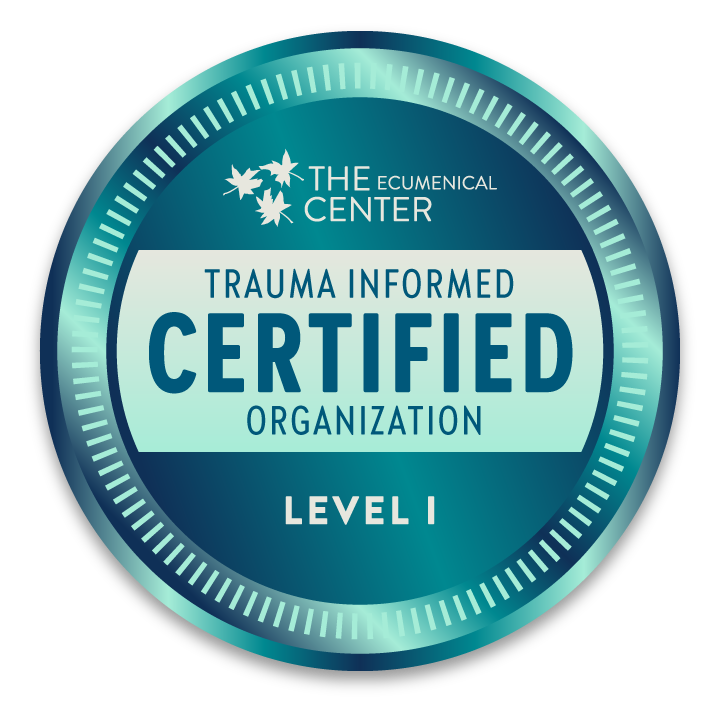I was never an angry person until I had kids.
This is something I often joke about with my husband: I reminisce about how when I was a single college student, before him, before three littles demanding my constant attention, I don’t remember ever getting angry. Marriage made life more nuanced. Suddenly, there were things I didn’t like but couldn’t control. When major decisions were made, there was more than one opinion to consider. Enter children. Welcome to complete chaos where I have little control over meltdowns when we are already running late or hysteria ensuing after I chose the wrong color cup. It’s a noise level that surely the neighbors can hear and on it goes.
We all have limits.
We can roll with the big deadline at work, frustrating traffic jams, stressful behavior from our kids or spouse, until we can’t. We reach our limit. We scream at our kids, snap at our spouse, treat a friend badly, hide in the pantry eating cupcakes, or sleep for hours on end. Maybe the final straw was something simple. It leaves you wondering, “Why did I have such an intense reaction? Why wasn’t I able to keep it together like I normally do?”
The “Window of Tolerance” has flown wide open
“Window of Tolerance” is a term coined by Dr. Dan Siegel and describes the zone of arousal or alertness which a person is able to function most effectively. When we are within this zone, our window, we are able to cope, calm down, and problem solve our everyday stressors without much difficulty. To use another popular term, it’s our “regulated state.”
Imagine a glass filled a quarter of the way up with water, sitting on a table. If I shake the table, it will likely take a significant amount of jostling to make any water spill out. The more water I add though, the closer the water gets to the edge, narrowing the window of tolerance. It takes much less movement of the table to get the water to spill.
Lots of things affect our Window of Tolerance.
Because of childhood trauma, genetic factors, absence of social support or temperament, some people have much smaller windows of tolerance, but everyone’s window of tolerance is affected by both internal and external influences. When we feel safe and supported, our window of tolerance is wide, but when our world feels unpredictable or unsafe, it’s easy to end up outside of our window. Think about the pandemic and the impact felt worldwide. Every person on earth found their window of tolerance narrowing.
What happens when I go outside my window?
When a situation, stressor, or trigger is enough to throw you outside your window of tolerance, your “thinking brain” or prefrontal cortex shuts down. You enter into a “survival mode” of either hyperarousal (fight or flight) or hypo-arousal (freeze). The hyperarousal states may show up with increased heart rate, racing thoughts, and hypervigilance. You might feel anxious, angry, out of control or overwhelmed. You may yell, cry, say things you regret, want to punch something or feel like you need to flee physically or emotionally.
If your level of arousal is too low, a freeze or shut-down response, it is called hypo-arousal. This can show up as lack of motivation, exhaustion, feeling numb and disconnected from your emotions. You will feel stuck or like you want to close in on yourself, you may sleep too much and just totally disengage from others around you.
These reactions are not something you choose – they just take over.
So what happens when you find yourself outside your window? There are skills you can practice to help you recover. Make these practices a regular part of your routine, even when you are not triggered. It can help widen your window.
One of those skills is mindfulness, or self-awareness. Dr. Siegel calls it “name it to tame it.” When we stop to notice and name our emotions and reactions, it allows for a sense of understanding and validation. Notice how you’re feeling in response to certain stressors or situations. Rather than judging them, tune into your emotions with curiosity. Start to identify how you feel emotionally and how your body feels physically when you are getting close to the edge of your window. Then, you can begin to identify what you need to feel right again and even avoid triggers.
Parents can help the child by identifying and offering emotional labels. This includes making observations about your child’s facial expressions, body language, or tone of voice when it appears they are outside of their window of tolerance. “It looks like you are feeling angry. Let’s take a step back for a minute.” When we understand where people are outside their window of tolerance, it allows us to teach them skills and strategies to get back inside.
Recognizing that we are outside of our window of tolerance can be a powerful grounding tool and is the first step in returning to a regulated state.













